At the Department of Energy’s Oak Ridge National Laboratory, scientists use artificial intelligence, or AI, to accelerate the discovery and development of materials for energy and information technologies.
Tag: Oak Ridge National Laboratory
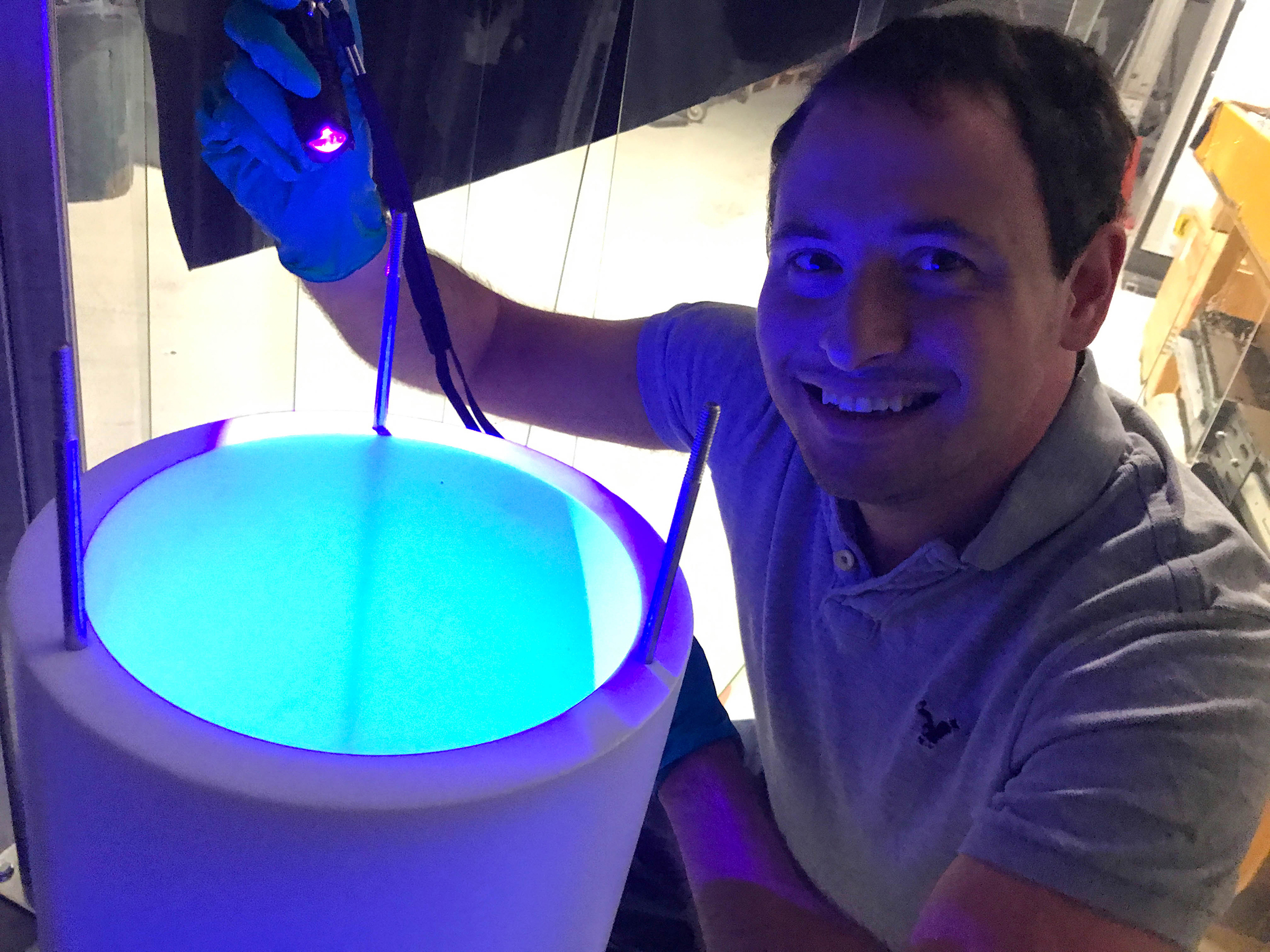
Compelling evidence of neutrino process opens physics possibilities
The COHERENT particle physics experiment at the Department of Energy’s Oak Ridge National Laboratory has firmly established the existence of a new kind of neutrino interaction.
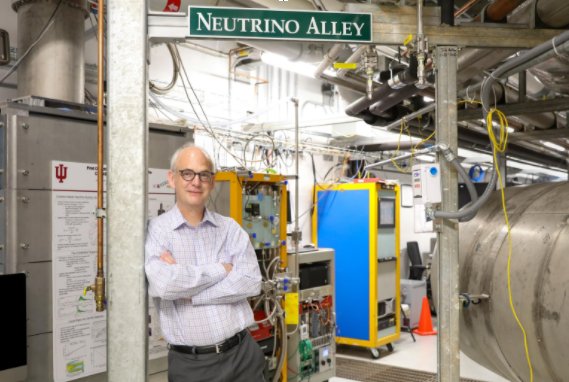
Welcome to Neutrino Alley: Q&A with ORNL’s Marcel Demarteau
Marcel Demarteau is director of the Physics Division at the Department of Energy’s Oak Ridge National Laboratory.
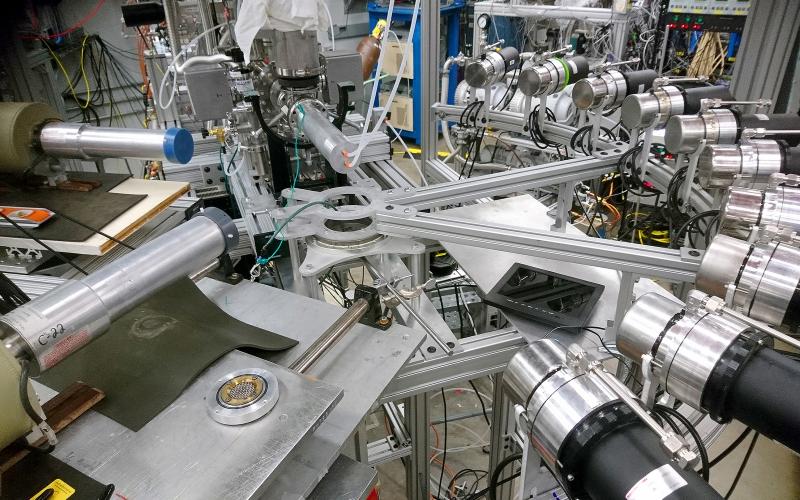
Righting a wrong, nuclear physicists improve precision of neutrino studies
Led by the Department of Energy’s Oak Ridge National Laboratory, a new study clears up a discrepancy regarding the biggest contributor of unwanted background signals in specialized detectors of neutrinos.
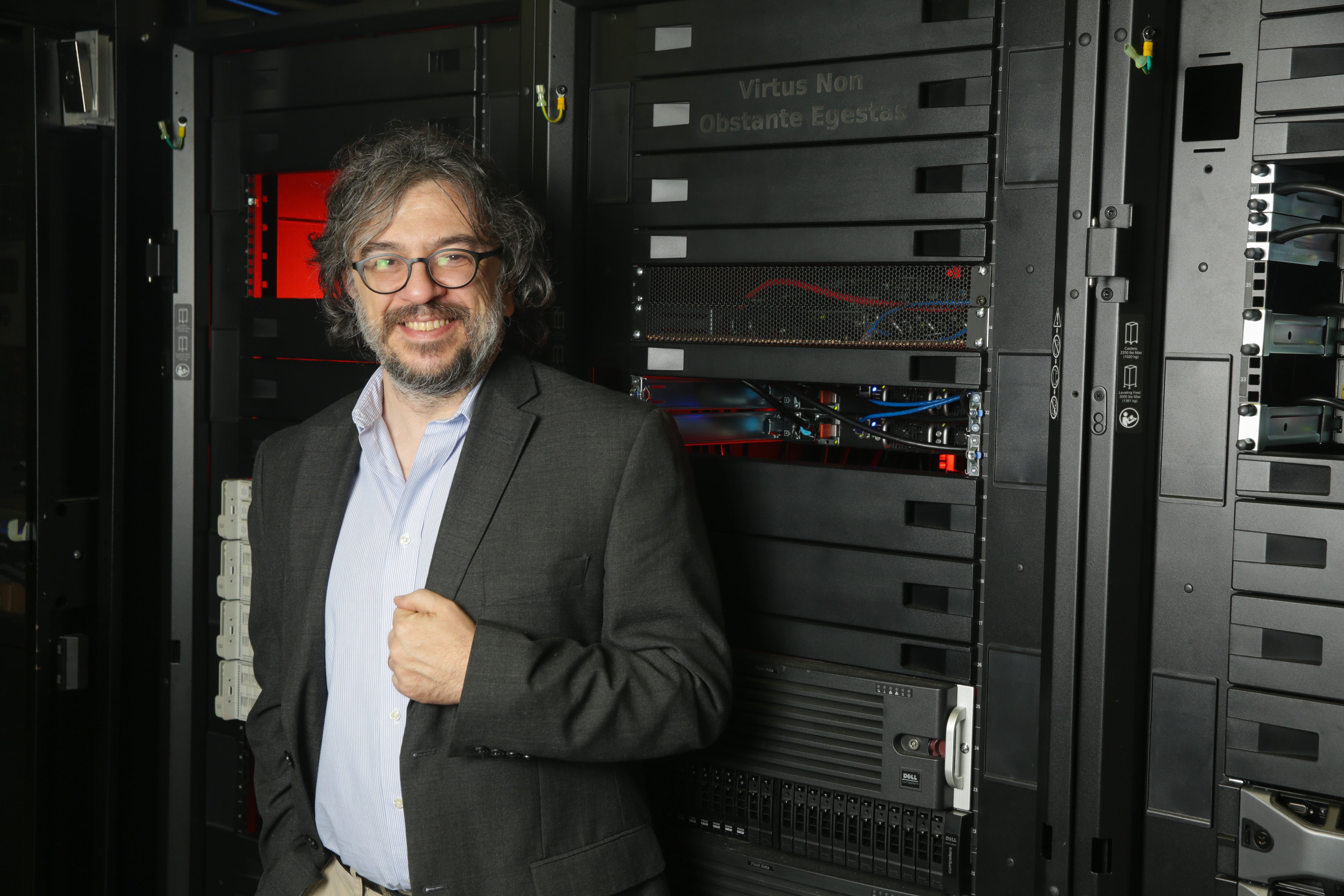
Promising lab results in quest to find naturally occurring anti-COVID therapies
So far, 35 of 125 naturally occurring compounds identified computationally at The University of Alabama in Huntsville (UAH) to have potential against COVID-19 have shown efficacy in ongoing first-batch testing at the University of Tennessee Health Science Center’s Regional Biocontainment Laboratory (UTHSC RBL) that’s the next step in the process to becoming a drug.
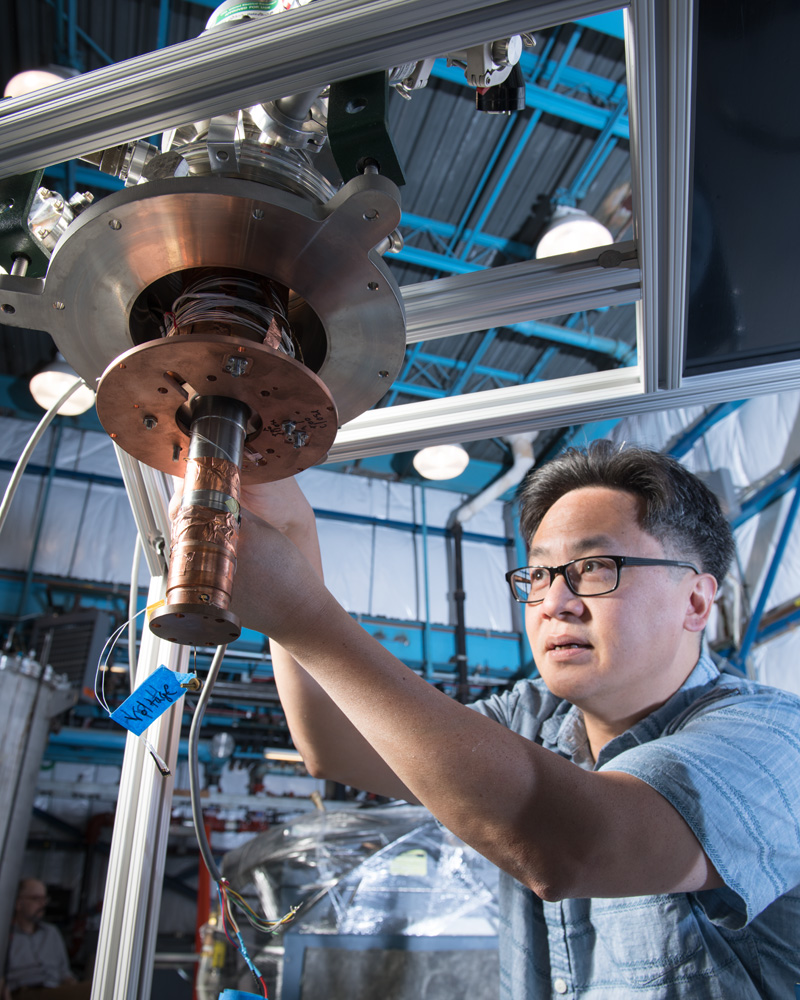
Fermilab is partner in Quantum Science Center based at Oak Ridge National Laboratory
Fermilab plays a key role in the Quantum Science Center, led by Oak Ridge National Laboratory. The center unites that Oak Ridge’s powerhouse capabilities in supercomputing and materials science with Fermilab’s world-class high-energy physics instrumentation and measurement expertise and facilities. Drawing on their experience building and operating experiments in cosmology and particle physics and in quantum information science, the Fermilab team is engaging in QSC efforts to develop novel, advanced quantum technologies.
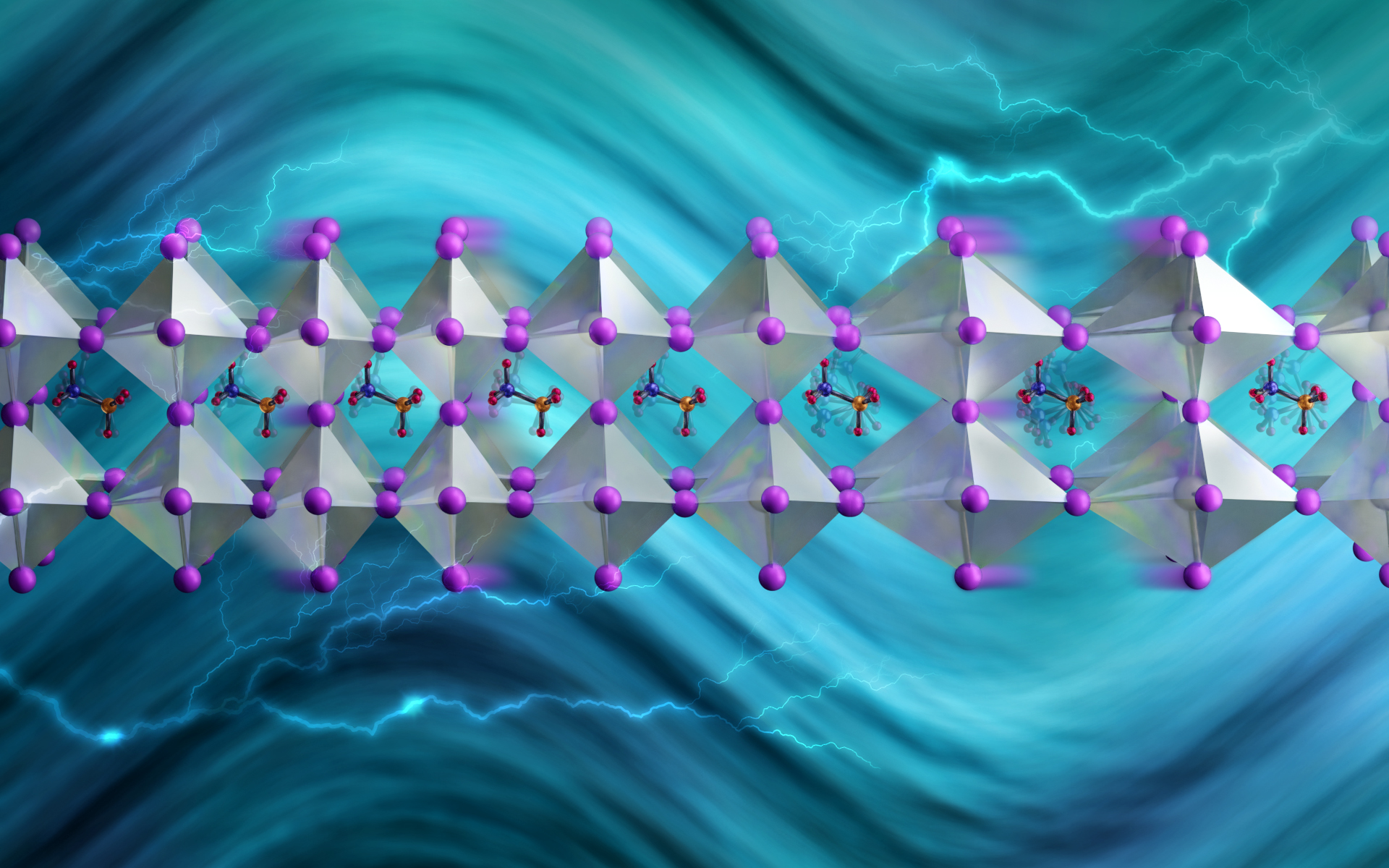
Blocking vibrations that remove heat could boost efficiency of next-gen solar cells
Led by the Department of Energy’s Oak Ridge National Laboratory and the University of Tennessee, Knoxville, a study of a solar-energy material with a bright future revealed a way to slow phonons, the waves that transport heat.
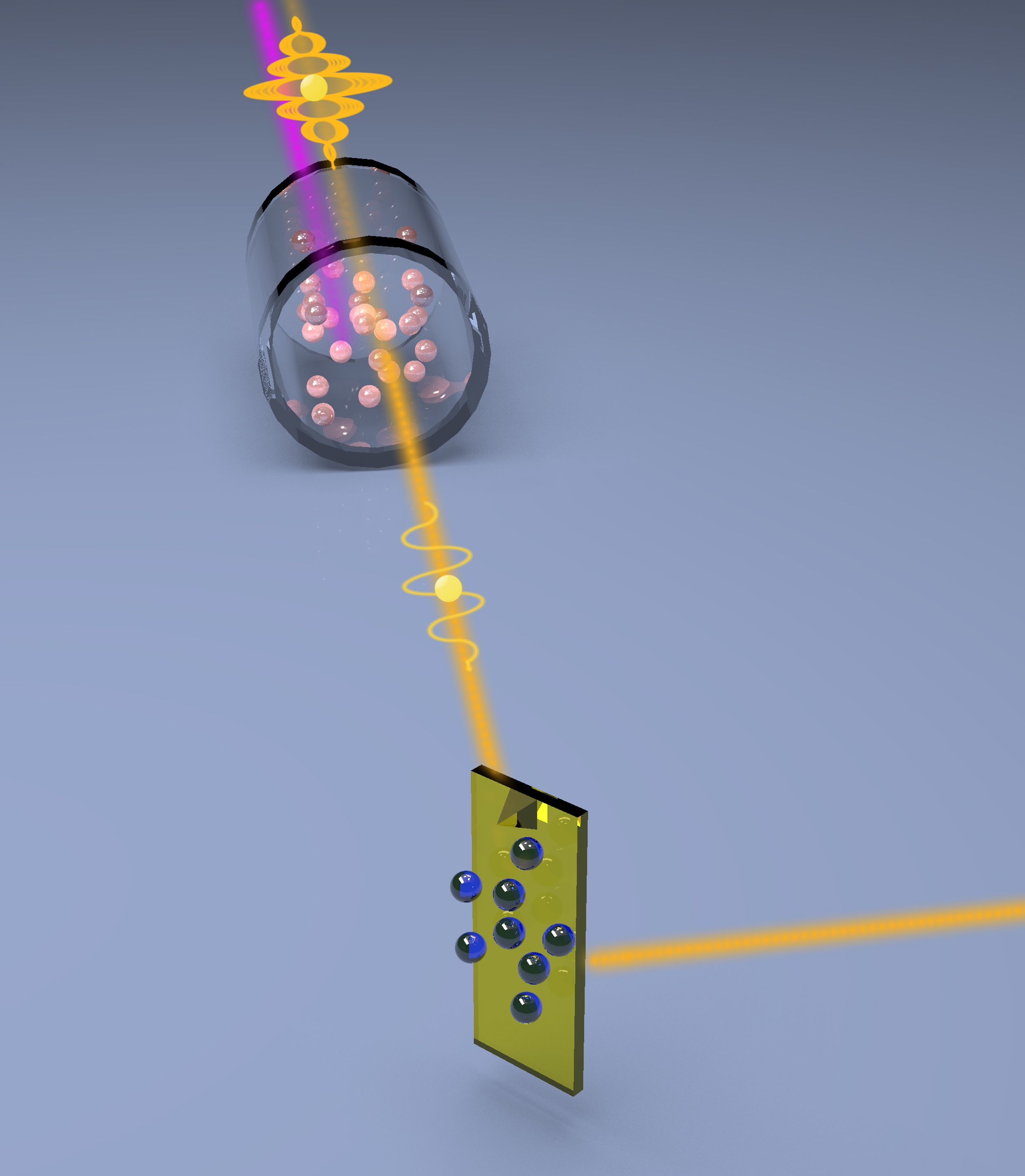
Quantum light squeezes the noise out of microscopy signals
Researchers at Oak Ridge National Laboratory used quantum optics to advance state-of-the-art microscopy and illuminate a path to detecting material properties with greater sensitivity than is possible with traditional tools.
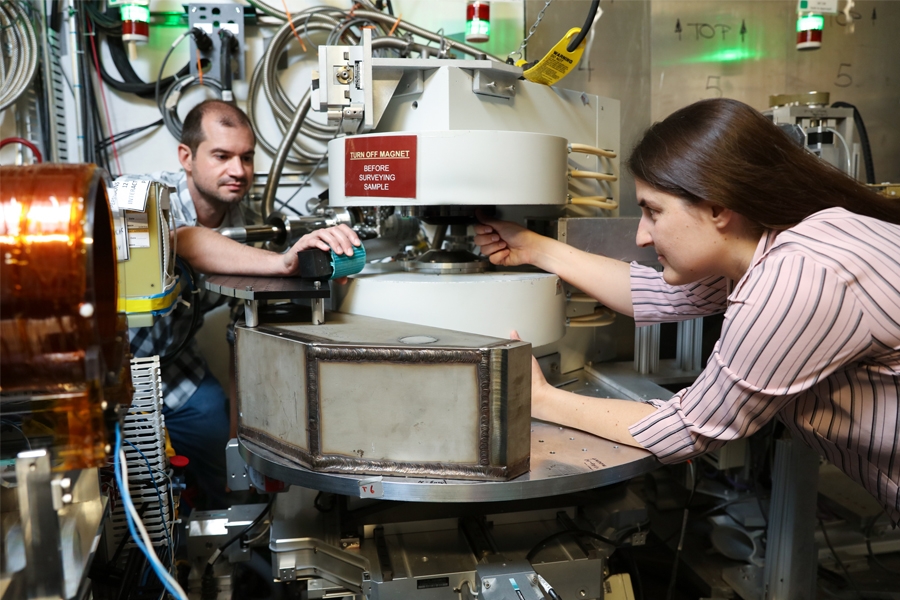
The Mystery of the Neutron Lifetime
When scientists use two different techniques to measure the neutron lifetime, they get two different results. While it may be experimental uncertainties, it may also be a sign of new physics. With the Department of Energy’s support, scientists are working to figure out why this discrepancy exists.
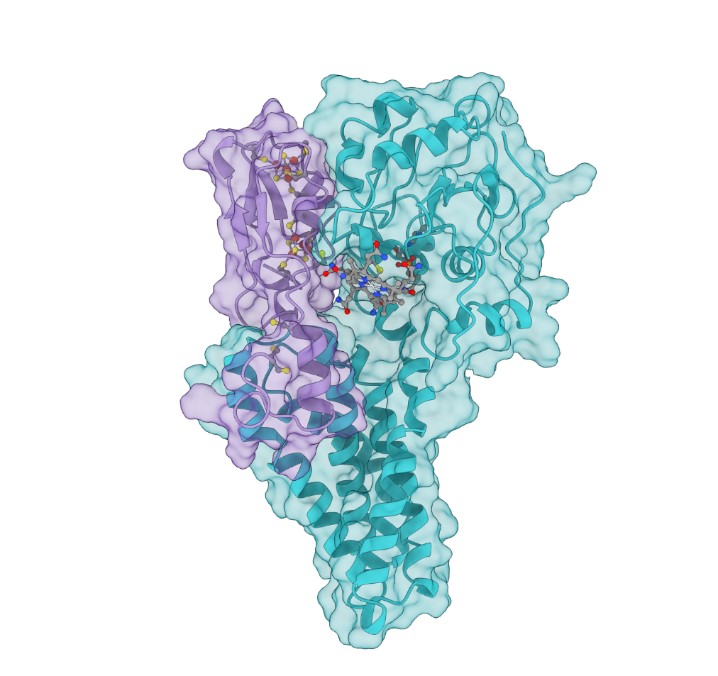
Scientists create protein models to explore toxic methylmercury formation
A team led by the Department of Energy’s Oak Ridge National Laboratory created a computational model of the proteins responsible for the transformation of mercury to toxic methylmercury, marking a step forward in understanding how the reaction occurs and how mercury cycles through the environment.
Ultrafast lasers probe elusive chemistry at the liquid-liquid interface
Real-time measurements captured by researchers at the Department of Energy’s Oak Ridge National Laboratory provide missing insight into chemical separations to recover cobalt, a critical raw material used to make batteries and magnets for modern technologies.
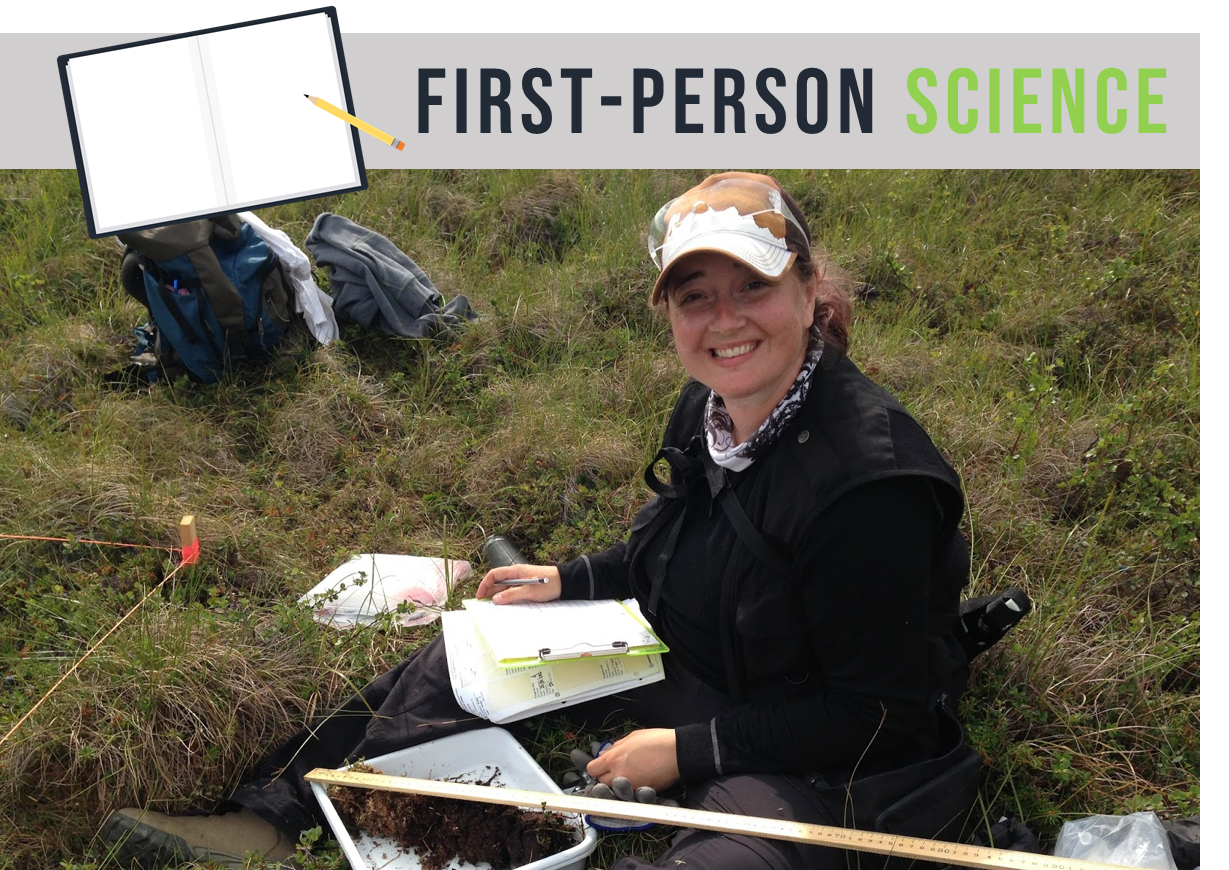
Colleen Iversen on Belowground Ecology
After working on a climate change experiment that showed plants adapt to additional carbon dioxide by putting extra carbon into their roots, Colleen Iverson has been on a mission to understand the role of roots in the environment, especially the tundra.

Process for ‘two-faced’ nanomaterials may aid energy, information tech
A team led by Oak Ridge National Laboratory implanted atoms precisely into the top layers of ultra-thin crystals, yielding two-sided Janus structures that may prove useful in developing energy and information technologies.

Oak Ridge National Laboratory welcomes six new research fellows to Innovation Crossroads
Oak Ridge National Laboratory welcomed six technology innovators to join the fourth cohort of Innovation Crossroads, the Southeast’s only entrepreneurial research and development program based at a U.S. Department of Energy national laboratory.
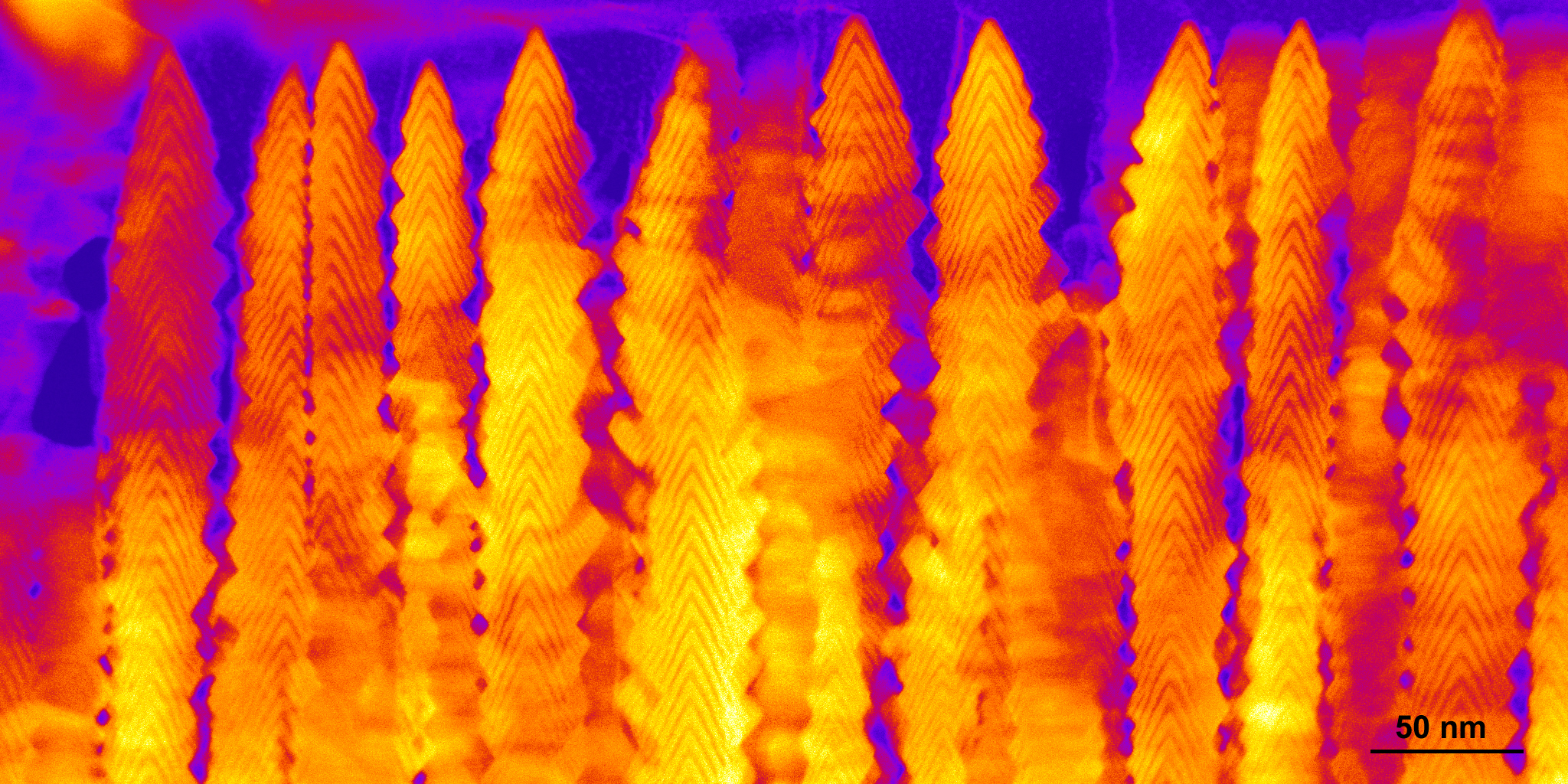
Crystalline ‘nanobrush’ clears way to advanced energy and information tech
A team led by Oak Ridge National Laboratory synthesized a “nanobrush” structure with high surface area and discovered how its unique architecture drives ions across interfaces to transport energy or information.
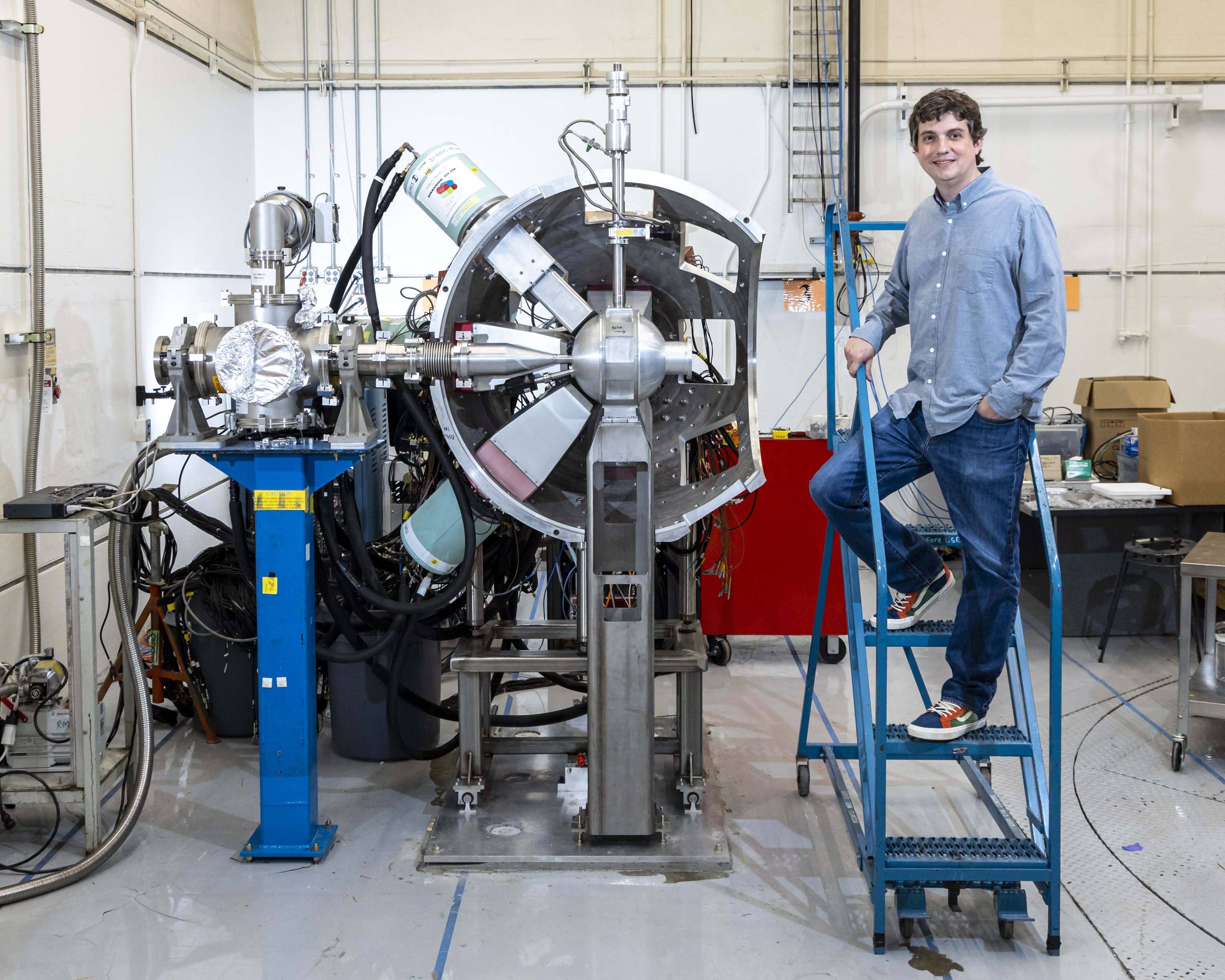
Mitch Allmond: Shaping a better fundamental understanding of matter
Profiled is Mitch Allmond of Oak Ridge National Laboratory, who conducts experiments and uses theoretical models to advance our understanding of the structure of atomic nuclei.
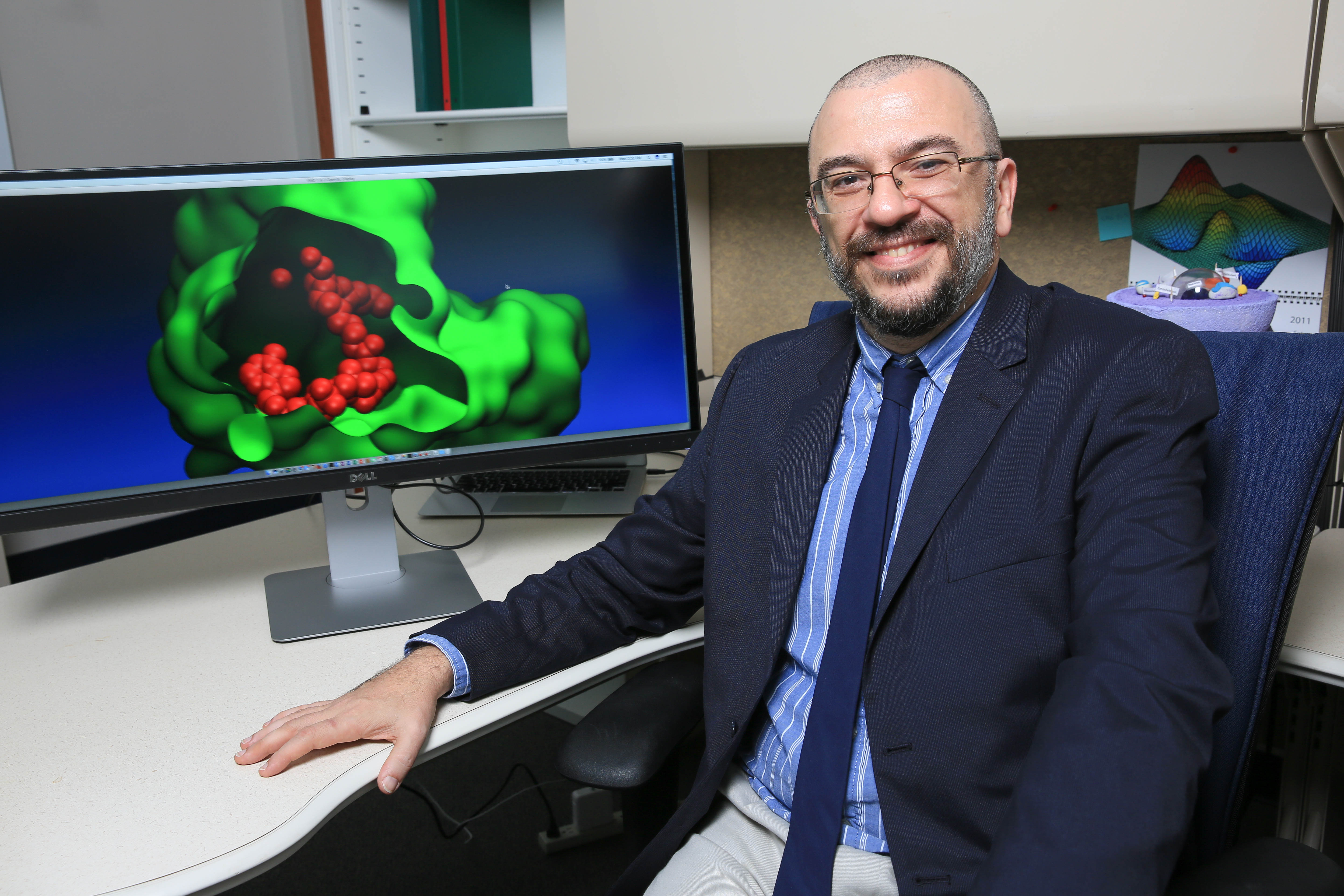
UAH joins supercomputing effort to find drugs effective against COVID-19
A professor in the Department of Biological Sciences at The University of Alabama in Huntsville (UAH) is part of an effort led by Oak Ridge National Laboratory (ORNL) in Tennessee that applies the power of supercomputers to screen compounds for effectiveness against the pandemic COVID-19 virus.
Valentino Cooper: Building foundations for solid science
Valentino Cooper of Oak Ridge National Laboratory uses theory, modeling and computation to improve fundamental understanding of advanced materials for next-generation energy and information technologies.
Closely spaced hydrogen atoms could facilitate superconductivity in ambient conditions
An international team of researchers has discovered the hydrogen atoms in a metal hydride material are much more tightly spaced than had been predicted for decades—a feature that could possibly facilitate superconductivity at or near room temperature and pressure. The scientists conducted neutron scattering experiments at the Department of Energy’s Oak Ridge National Laboratory on samples of zirconium vanadium hydride.
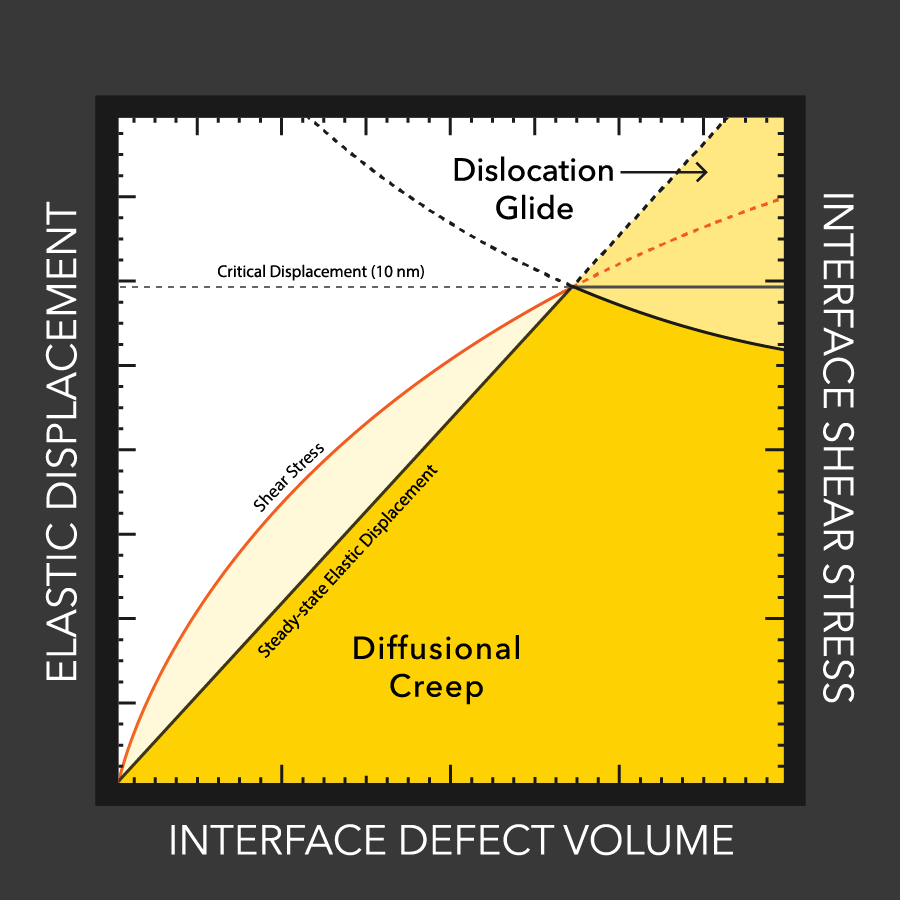
MTU engineers examine lithium battery defects
Lithium dendrites cause poor performance and even explosions in batteries with flammable liquid electrolytes. How these dendrites grow, even with a solid electrolytes, is still a mystery, but materials engineers at MTU and Oak Ridge study the conditions that enable dendrites and how to stop them.
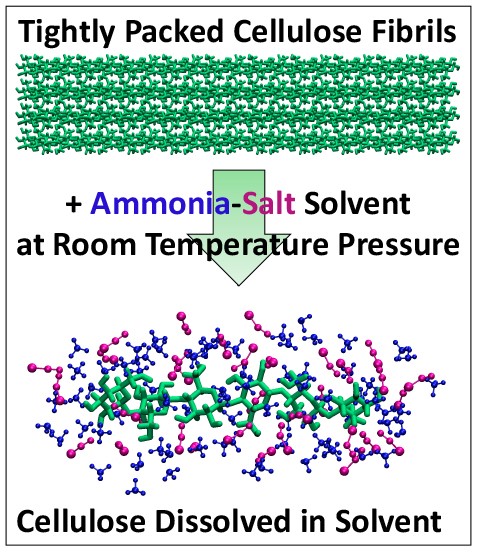
How to Make it Easier to Turn Plant Waste into Biofuels
Researchers have developed a new process that could make it much cheaper to produce biofuels such as ethanol from plant waste and reduce reliance on fossil fuels. Their approach, featuring an ammonia-salt based solvent that rapidly turns plant fibers into sugars needed to make ethanol, works well at close to room temperature, unlike conventional processes, according to a Rutgers-led study in the journal Green Chemistry.
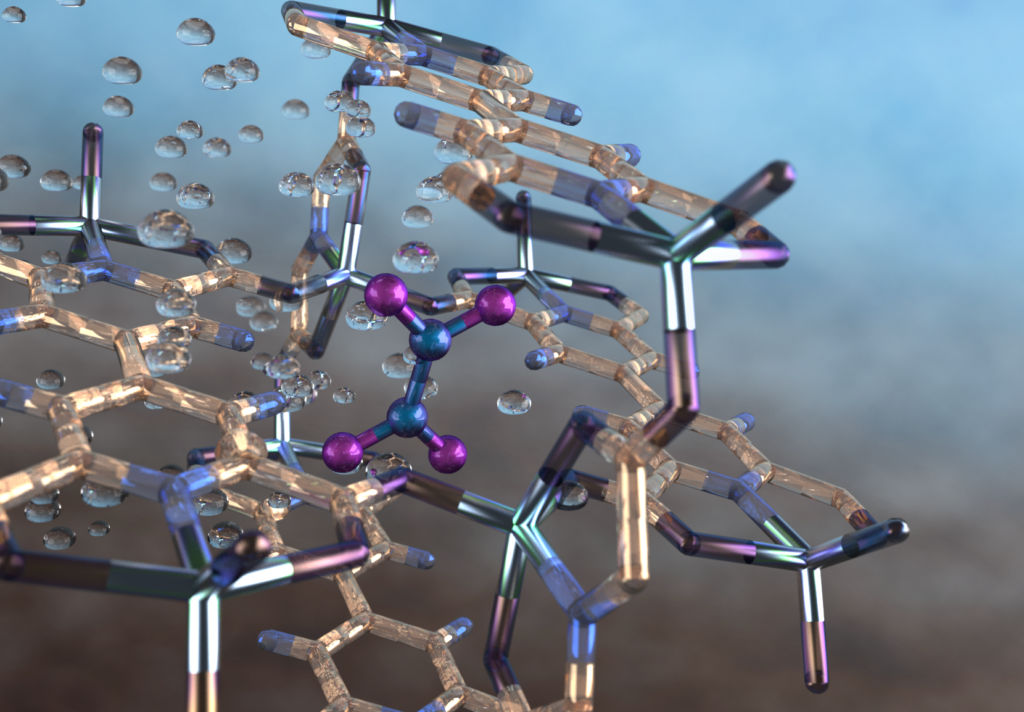
New material captures and converts toxic air pollutant into industrial chemical
A team led by the University of Manchester has developed a metal-organic framework material providing a selective, reversible and repeatable capability to capture a toxic air pollutant, nitrogen dioxide, which is produced by combusting fossil fuels. The material then requires only water and air to convert the captured gas into nitric acid for industrial use.

A four-way switch promises greater tunability of layered materials
A team from Oak Ridge National Laboratory and Vanderbilt University made the first experimental observation of a material phase that had been predicted but never seen.
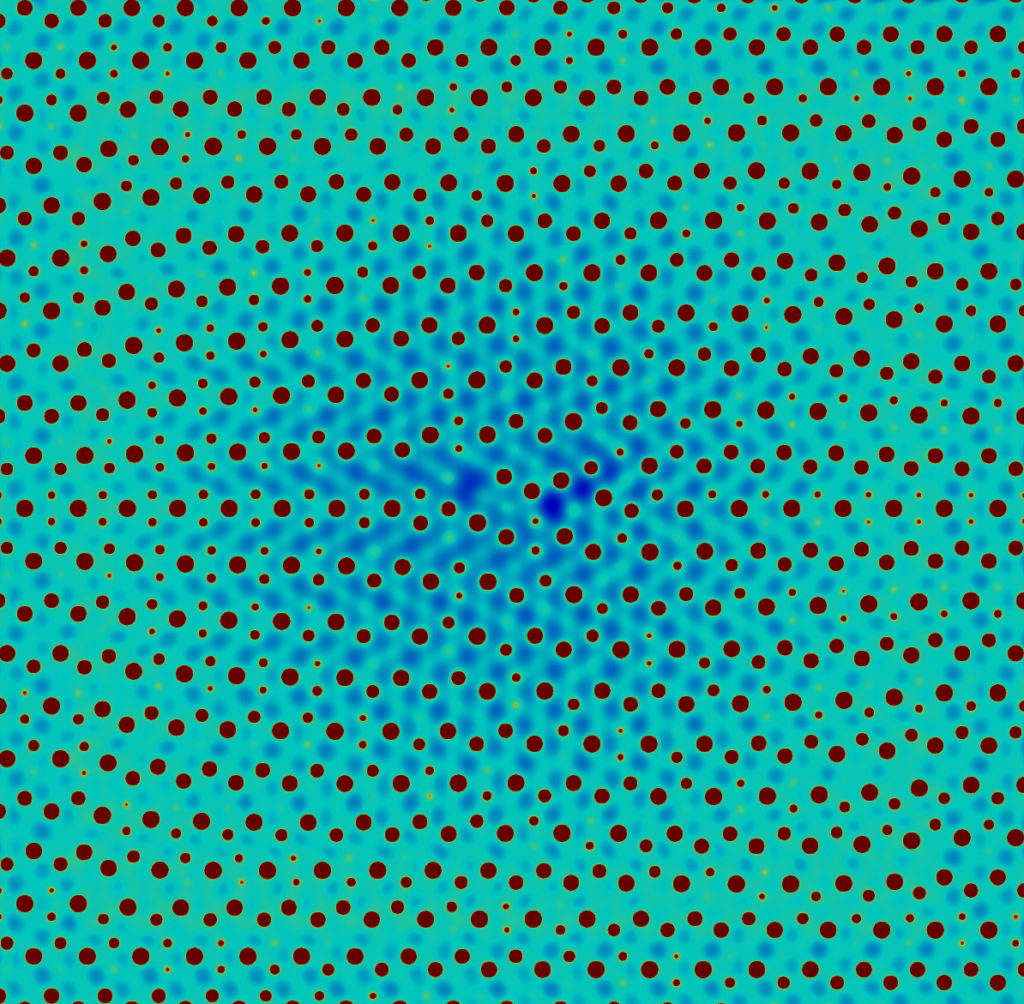
Search for Lightweight Alloying Solutions Earns Team a Gordon Bell Finalist Nomination
A team used the Summit supercomputer to simulate a 10,000-atom magnesium dislocation system at 46 petaflops, a feat that earned the team an ACM Gordon Bell Prize finalist nomination and could allow scientists to understand which alloying materials to add to improve magnesium alloys.